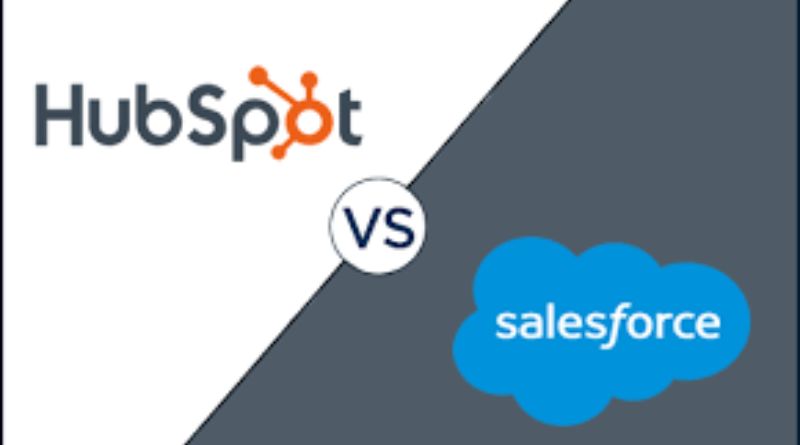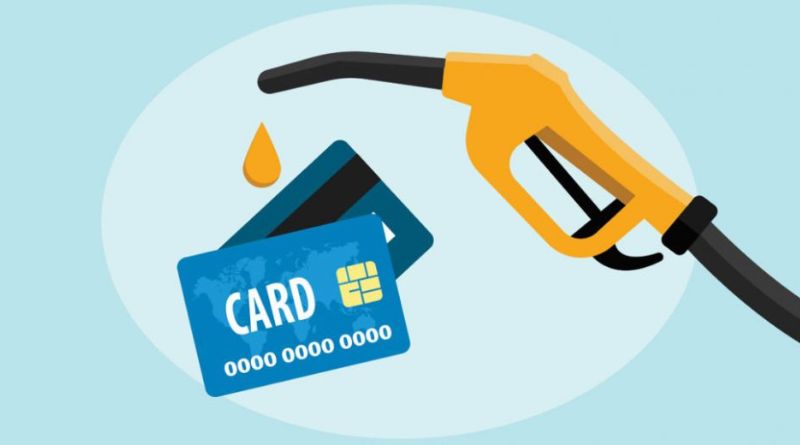In this fast-paced field of work, separating yourself the rest of the pack is more important than ever. Imagine attending an event with everyone dressed the same way You want to stand out with the flashy jacket that is turning heads. This is where creative services are a must. In this article we’ll go over the creative services that they’re all about, and benefit you determine which one is the missing link of your business puzzle.
What Exactly Are Creative Services?
Creative services are like superheroes in the world of business and they are there to rescue the day whenever your company’s image needs a dash more zing. Consider them the creators of striking designs, write powerful messages, and then add an element of magic to your image as a brand.
We’ll talk about turkey. Creative services span a broad range of services, such as creative marketing, branding, as well as creative web design and development services. The secret ingredient can make your business stand out making it the brand’s powerhouse.
Why You Need Creative Services
Imagine sitting in a dining establishment and you’re looking over the menu, with all the black and white texts. Then, you see a cook appear with a platter of food you love, including a stunning visual and an enticing description. What do you think is most likely to choose? A plain-text menu or a one that almost jumps off the table?
This is the strength of innovative services. They can take your company to the top of the table to your chef’s creation, creating your business a feast to your eyes and ears. In a time when people’s attention spans are less than the average cat video it is essential to create material that catches interest – which is when creative services are at their best.
Navigating the Creative Landscape: Ad Agencies in Philadelphia
Let’s take a closer look at our focus on the City of Brotherly Love – Philadelphia. This isn’t just the home of Philadelphia’s Liberty Bell and cheesesteaks; it’s also the home of the perfect creative talents. Advertising agencies in Philadelphia can be compared to artists who have the ability to transform your company’s image into an art piece.
They’re not just pushing advertisements; they’re creating experiences. This isn’t just about selling the product, it’s about selling a sense and an experience. Who wouldn’t like to trigger a little emotions in their clients? Since emotions can be a source of joy and your company’s brand must stand out as the best that you can find.
Branding Agency Philadelphia: Crafting Your Identity
Your brand’s identity is much more than simply a logo. It’s an identity. Your customers will think about you, speak about your company, and will remember your name. Branding agencies located in Philadelphia isn’t material with putting an image on your business card. They create a brand identity that customers will be able to recall, much like that memorable song that you cannot get off your mind.
The trick is to find your brand’s voice, the voice that causes customers to declare, “Hey, this brand gets me!” When your rival’s branding is whispering that, yours will shout, “Look at me!”
Creative Web Design Services: Your Digital Storefront
Today, the website you have created is your online storefront. Imagine walking past a store that has a shabby windows, faded signs, and an entrance that creaks and sounds like an uninvited home. Do you want to enter? Most likely you wouldn’t. It’s the same to your website.
The desirable web design solutions aren’t solely about making your website attractive; they’re about delivering an user experience. It’s similar to having a shop assistant to guide visitors through your virtual aisles, ensuring you have what they’re searching for, and perhaps an extra thing.
The Benefits of Choosing Creative Services
Let’s cut right short. Why would you want to select creative solutions for your company? The benefits are just as obvious as a sunny hot summer day. The first is that it’s the best way to make yourself stand ahead of your competition. In a sea filled with monochrome and white, make your own bright flash of colour.
Second, the creative services are an ideal way to create an impression that lasts. Did you meet someone before, and then their name stayed on your mind? It’s our goal – to create a brand individuals remember even while they sleep.
Let’s discuss numbers. Creative services don’t only focus on beautiful images; they’re also designed to boost the profitability of your company. Research shows that companies that make investments in marketing creative services notice a substantial increase in awareness of brands, customer interaction, and eventually the sales.
Making the Choice: Yes, It’s Worth It
Perhaps you’re thinking “Sure, creative services sound great, but are they worth the investment?” Put it this way is like asking if getting wheels for the car is worthwhile. Yes, it’s possible to drive it and it will roll, but why shouldn’t it move without a hitch?
In investing in innovative services such as Bongoconsulting will give your company an extra acceleration. This is the key ingredient that transforms a business into a top-quality one. It’s not about just surviving but thriving in the market with everyone competing for attention.
Are creativity the perfect option for your firm? Absolutely. This isn’t just a product It’s an investment into your brand’s soul. It’s the difference between an in-between and main event. The grand orchestra of your business Let your name be the song that everybody sings with.
In Conclusion
Creative services are often the unnoticed leaders of the world of business. They’re those who can change your business from dull to memorable, and from whispers to roar. Advertising agencies located in Philadelphia and branding agencies and web design companies that are creative will be your heroes in crime aiding you in navigating the landscape of creative ideas and make your mark from the crowd of digital noise.
Don’t appear among the others. Make yourself the person that everyone will remember. Spend money on creative services and watch your company rise up to higher heights. Since we live in an age where attention is the currency of business, creativity is your ticket to fame. Therefore, you should get your name to become popular as well as that of your industry. Your business deserves attention Creative solutions are available to make sure that you are shining in the spotlight.









